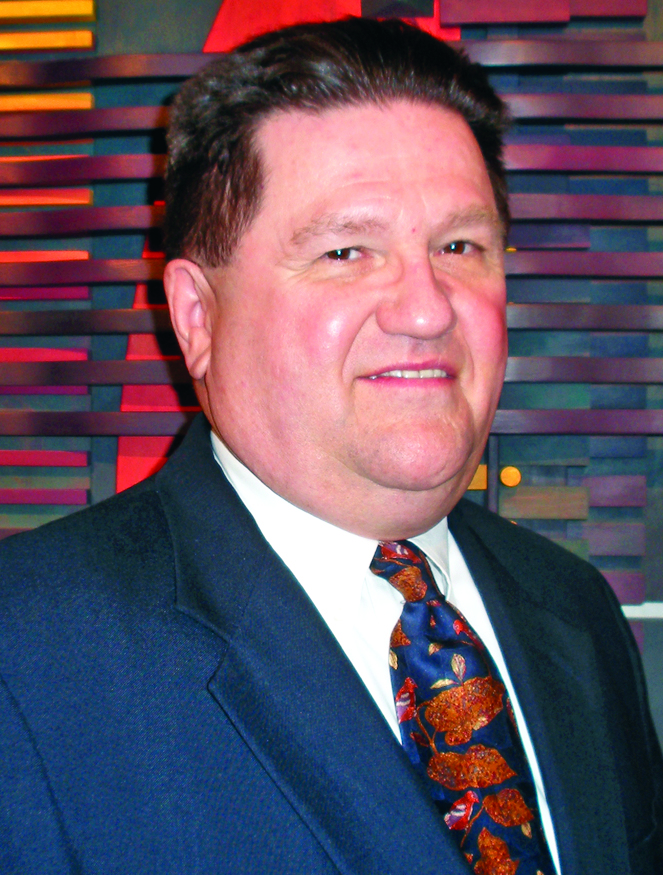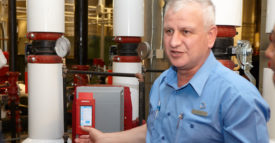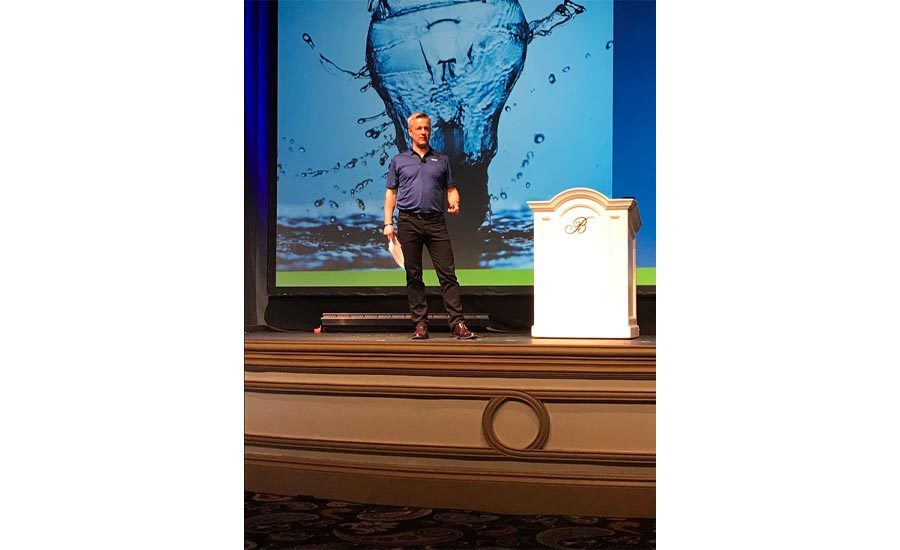Home » Keywords: » plumbing engineers
Items Tagged with 'plumbing engineers'
ARTICLES
Plumbing Essentials — Design Approaches, Codes and Everything in Between | Lowell Manalo
Vertical or horizontal piping distribution?
Read More
Plumbing Talking Points | David Dexter
Identifying back-feed potentials within domestic hot water risers
Service/isolation valves are a necessity.
April 4, 2024
Flowing forward: commercial pumps embrace sustainability for a greener future
Smart pump technology provides greater energy savings opportunities.
April 1, 2024
The ABCs of anti-scald with Chicago Faucets
Michigan school installs anti-scald faucets to promote safety within its student body.
March 18, 2024
Editor's Note | Nicole Krawcke
Nurture talent and expertise with mentorship
Mentorship plays an important role in preparing the next generation of plumbing engineers.
March 13, 2024
Plumbing Essentials — Design Approaches, Codes and Everything in Between | Lowell Manalo
The process behind seamless water faucet selection
Creating a decision making process.
March 8, 2024
Professional Plumbing Engineer Viewpoints | James Dipping
Getting serious on how hospitals are built
Calling all architects and code officials.
March 7, 2024
Rising tide: Water reuse systems gain momentum as sustainable solutions take root
Water scarcity is forcing state and local governments to rethink water usage.
February 8, 2024
Editor's Note | Nicole Krawcke
More water reuse systems may help alleviate the strain on aging wastewater infrastructure
Love stinks?
February 7, 2024
Plumbing Talking Points | David Dexter
Reducing the potential for pathogenic growth in showerheads
New products provide a step in the right direction.
February 6, 2024
IMAGE GALLERIES
2018 Uponor Convention
This year’s Uponor Convention was held from April 4-5, at the Bellagio in Las Vegas. Photos by John McNally/pme
April 9, 2018
Get our new eMagazine delivered to your inbox every month.
Stay in the know on the latest plumbing, piping, hydronic and fire protection trends.
SUBSCRIBE TODAYCopyright ©2024. All Rights Reserved BNP Media.
Design, CMS, Hosting & Web Development :: ePublishing














